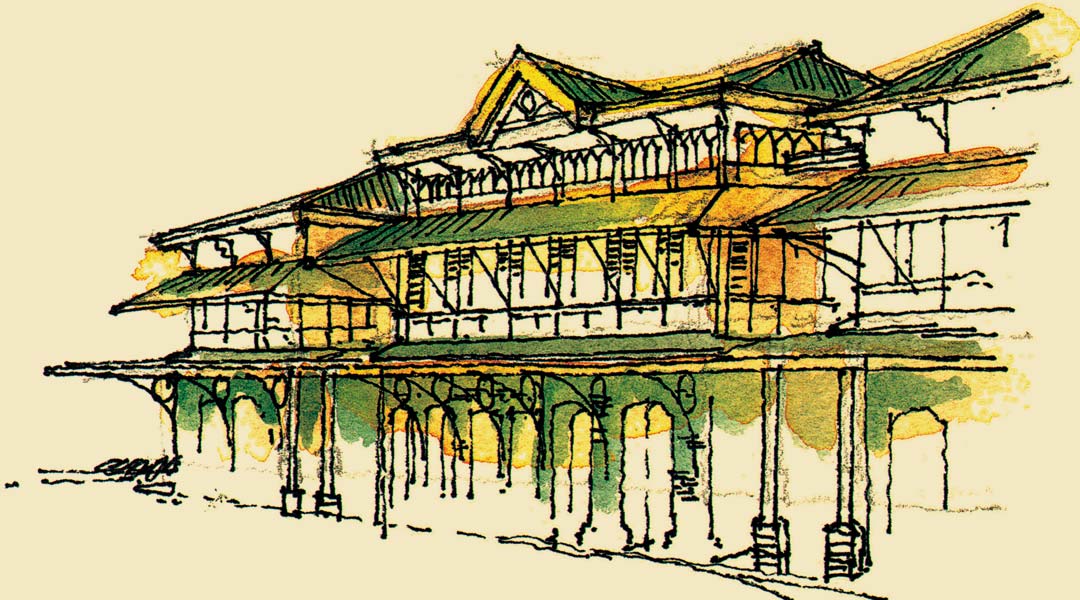
These are 7 historic commercial landmarks you should know about
Landmarks structure environments, therefore, forming cognitive anchors, markers, and reference points for orientation—ultimately helping people orient themselves in a physical space. Landmarks are seen in sketches, in descriptions of meeting points, in brochures, or simply, in the images the mind expresses as memory. The significance and spatial cognition of these are well captured by commercial buildings that make up a large portion of human-made surroundings. Serving as a platform for most of the country’s major industries, centers of commerce provide the general public with areas they can work, shop, and socialize in. They are not just landmarks, but also geographic objects that construct human mental representations of space. These seven commercial landmarks were once epicenters of movements, and all were recognized and understood for what they are.
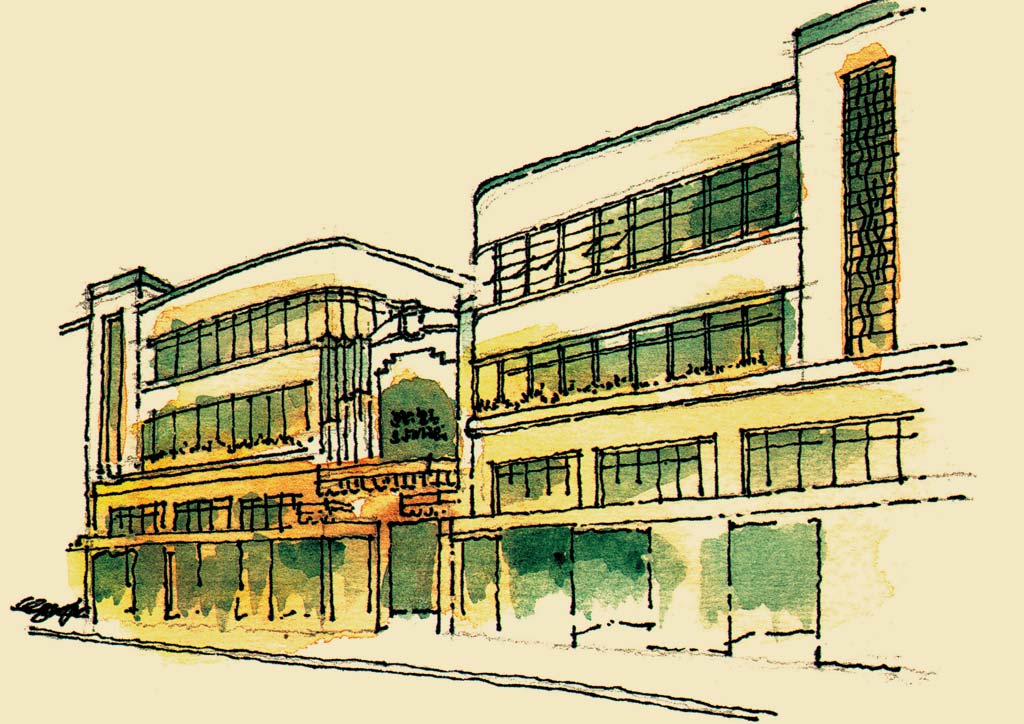 Crystal Arcade by Andrés Luna de San Pedro
Crystal Arcade by Andrés Luna de San Pedro
1. Crystal Arcade
Inspired by Joseph Paxton’s Crystal Palace in London, the Crystal Arcade was a celebrated building in Jazz Age Manila and the predecessor of the modern mall. Known for its grand lobby with a double-curved staircase and skylight, it was built in 1932 in the Streamline Moderne style, a later variation of Art Deco, by Andrés Luna de San Pedro, a Paris-educated Filipino architect who frequently designed for high society.
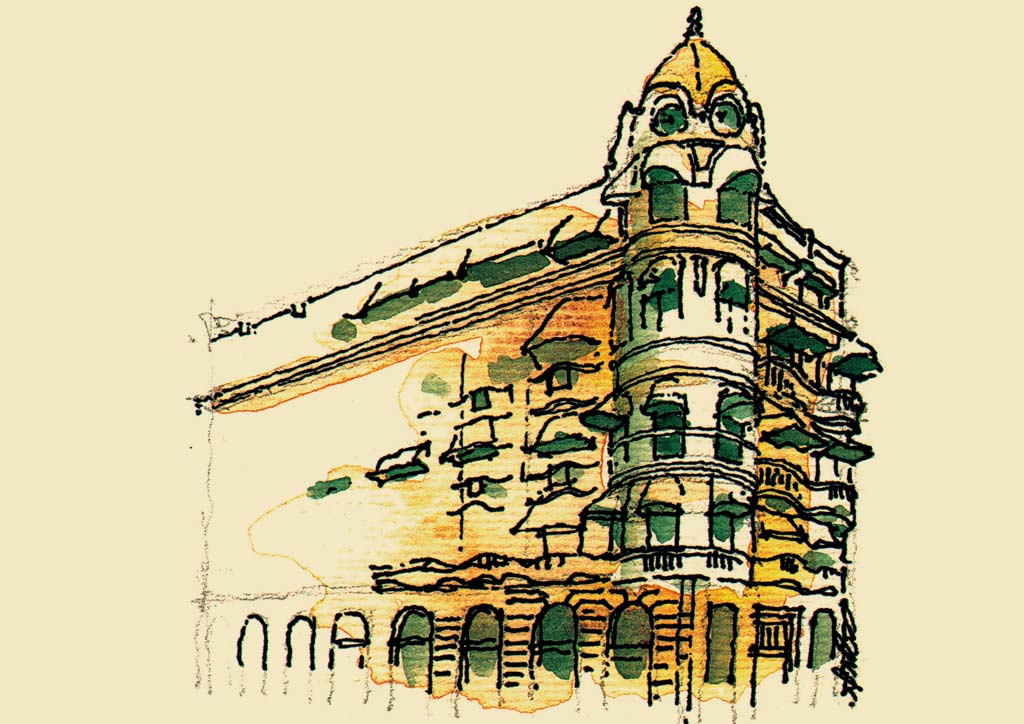
2. Mariano Uy-Chaco Building
The six-storey Mariano Uy-Chaco Building in Binondo was completed in 1914, and served as headquarters for the hardware company Uy-Chaco and Sons, which imported and distributed US products. An Art Nouveau building, it has an ornamental clock tower crowned by a bell-shaped cupola. It was designed by Samuel E. Rowell, an American architect who practiced in pre-war Manila, a time when multi-level commercial buildings were gaining popularity. Today, it houses the Philtrust Bank.
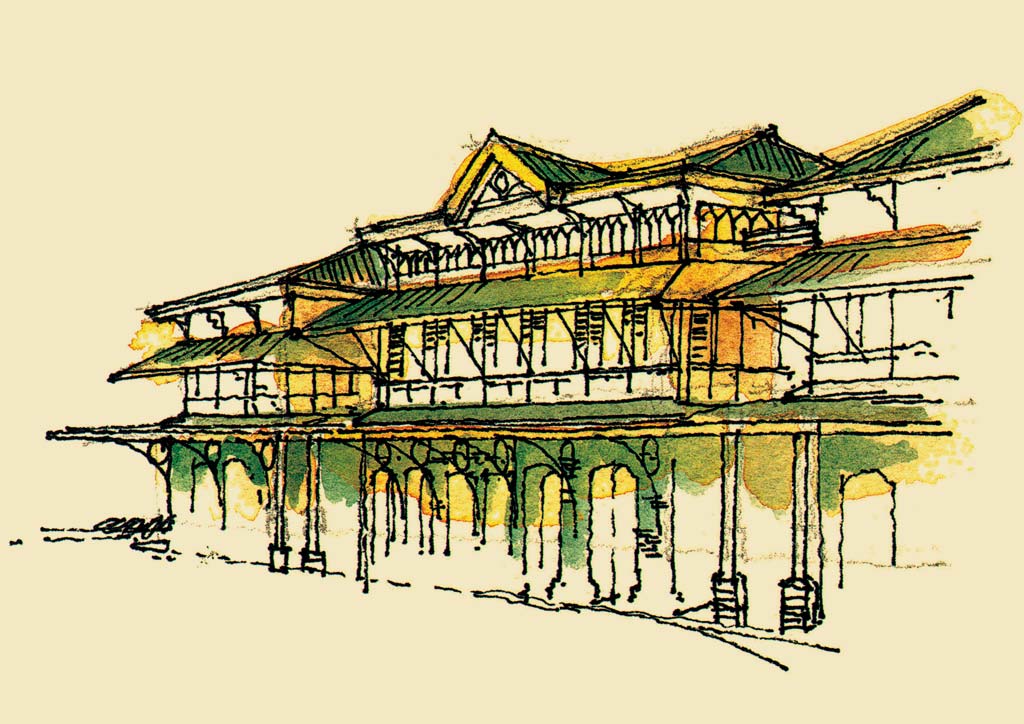
3. Tutuban Center Mall
Designed by Spanish architect Juan José Hervas in the bahay na bato style in 1887, Tondo’s Tutuban Station was the main terminal for northbound trains of the 192-kilometer Manila-Dagupan ferrocarril or railway line. The station was later converted into Tutuban Center Mall for retailers and wholesalers in Divisoria. Ayala Land acquired it in 2015 with plans of turning it into one of its signature lifestyle malls.
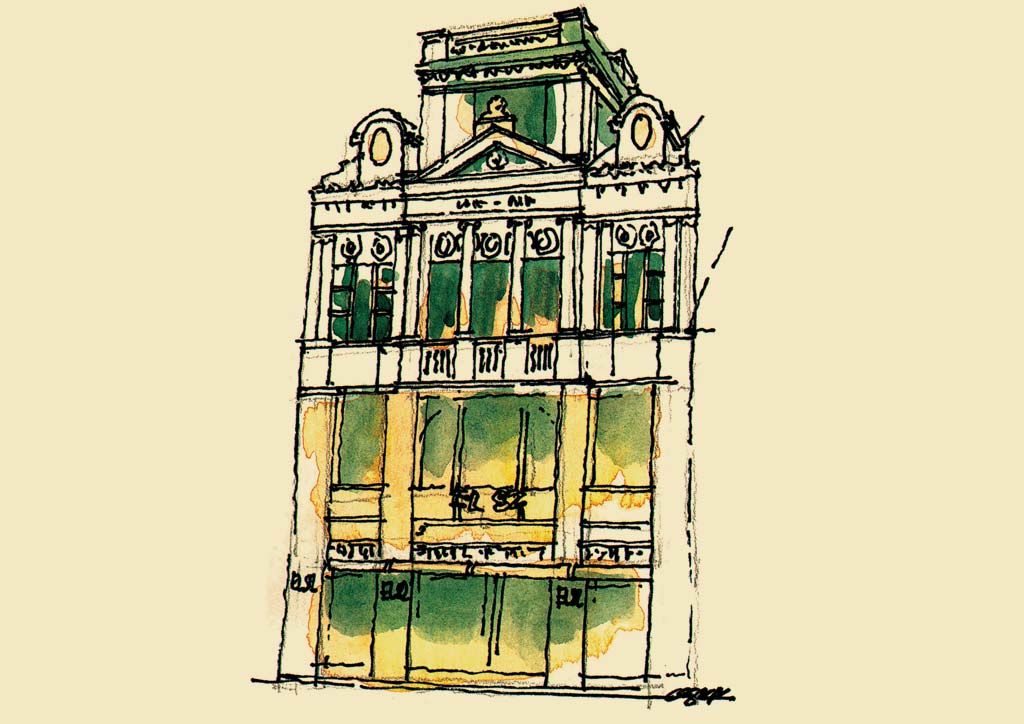
4. El 82 Bazaar
Built in 1911, El 82 Bazaar in Binondo was owned by Chinese merchant and community leader Don Ramon Ongpin, who transferred his business from Calle Colon to this Classical Revivalist building at Plaza de Calderon de la Barca. Its maestro de obras Arcadio Arellano, served as the first Filipino architectural advisor for the American colonial government before venturing into private practice with his more prolific architect brother.

5. Paco Municipal Market
Also built in 1911 by William Edward Parsons, an American architect appointed by Daniel Burnham, the Paco Municipal Market along the banks of Estero de Paco was the prescribed market model replacing unsanitary bamboo and thatch marketplaces with dirt floors. The Mission Revivalist building was open on all sides for natural light and ventilation, and its concrete floors could be hosed down.

6. Virra Mall
The Space Age inspired by some of the best post-war buildings in the Philippines, and among them was Virra Mall in Greenhills. Built in 1975, its defining feature was its futuristic glass-tube enclosed escalators. José Maria V. Zaragoza, the modernist Filipino architect who designed this mall is best remembered for his outstanding mid-century Catholic churches, such as the Santo Domingo Church in Quezon City. He was proclaimed National Artist for Architecture in 2014, an honor conferred posthumously in April 2016.
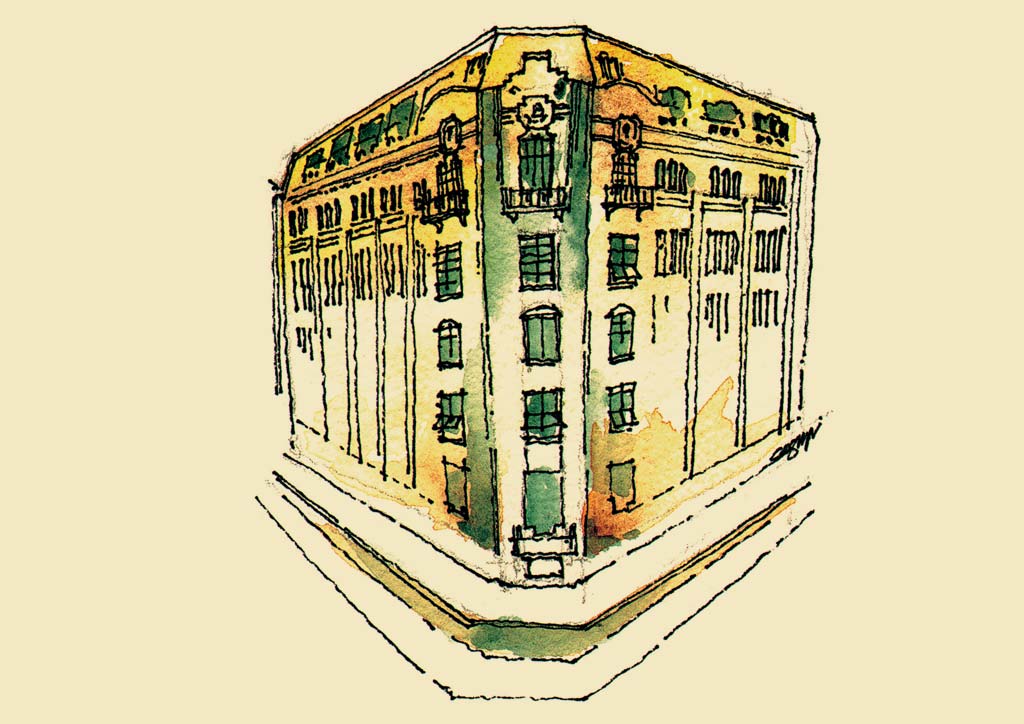
7. Heacock Building
The Heacock Building, completed in 1931, was home to the popular Heacock’s Department Store. One of the largest and most modern stores in the country during the American period, it was equipped with a photoelectric door and pneumatic tubes. It was designed by Tomas Fernandez Arguelles, a well-known public works administrator and Manila councilor who lobbied for the Building Code of Manila. The maestro de obras earned his architecture license under the Engineer and Architects Law of 1921, and later established a partnership with Fernando Ocampo. ![]()
This article first appeared in BluPrint Vol 3 2016. Edits were made for BluPrint online.
READ MORE: Evening Narratives: Escolta and its modern communities
Article Credits:
Written by Adrian Tumang
Introduction and edits by Arielle Abrigo
Illustrations by Cesar G. Ramirez Jr.


